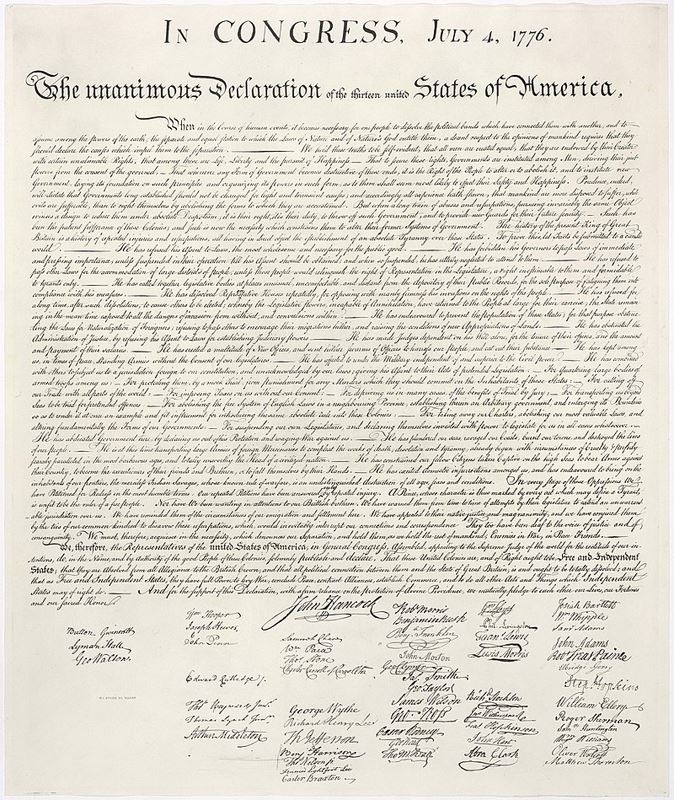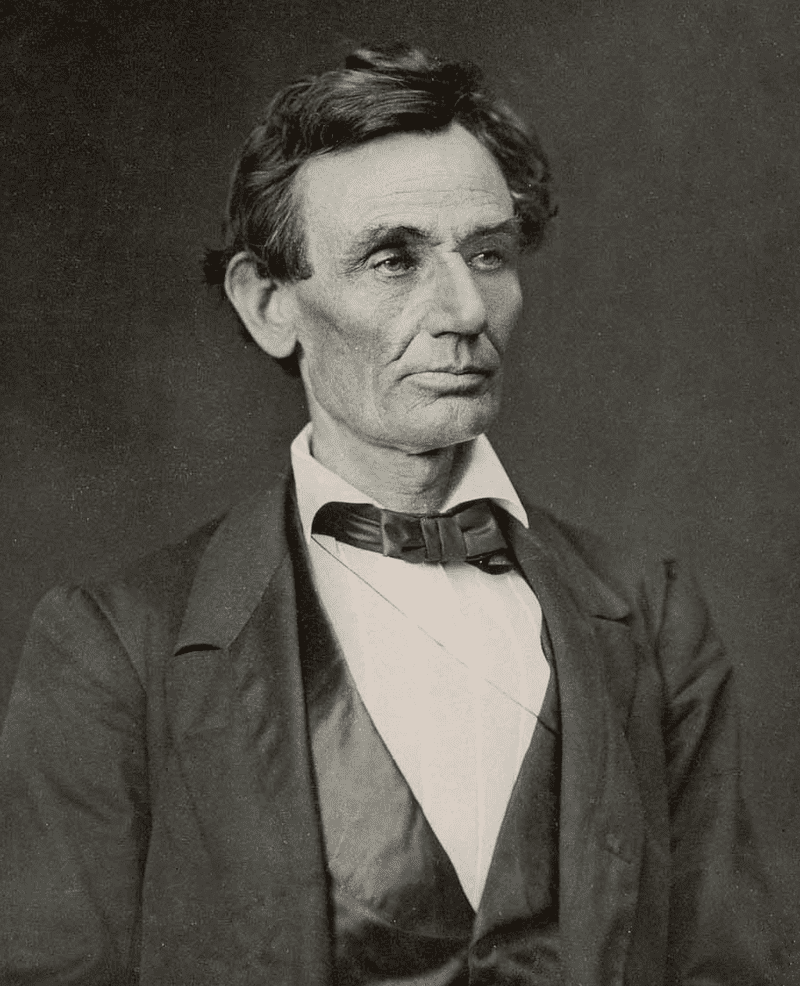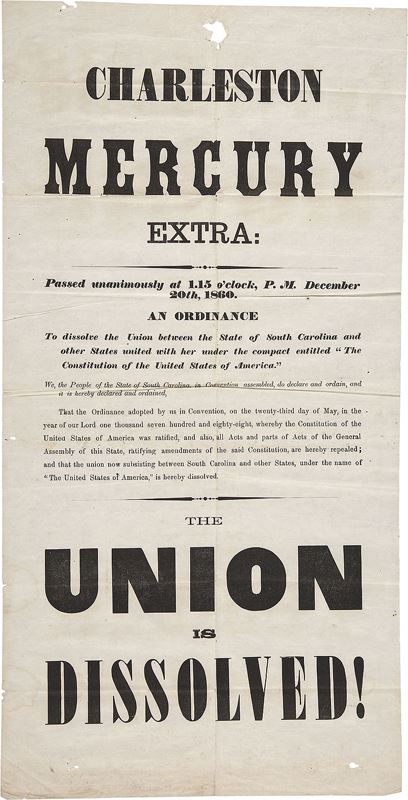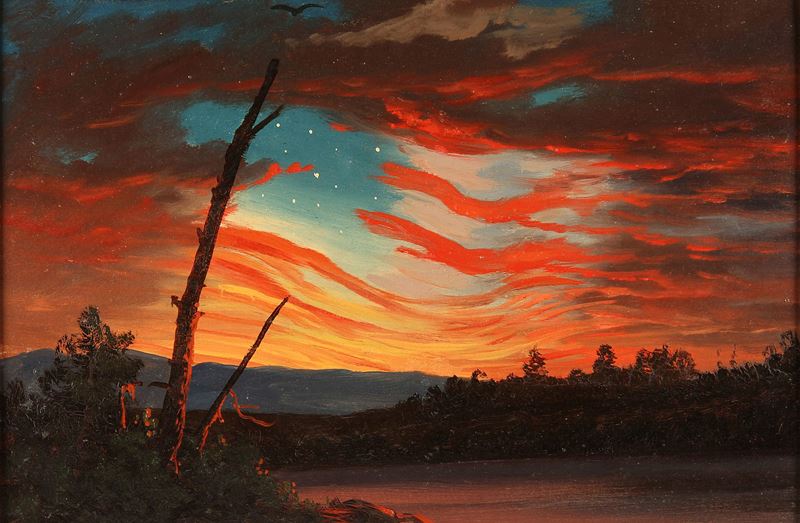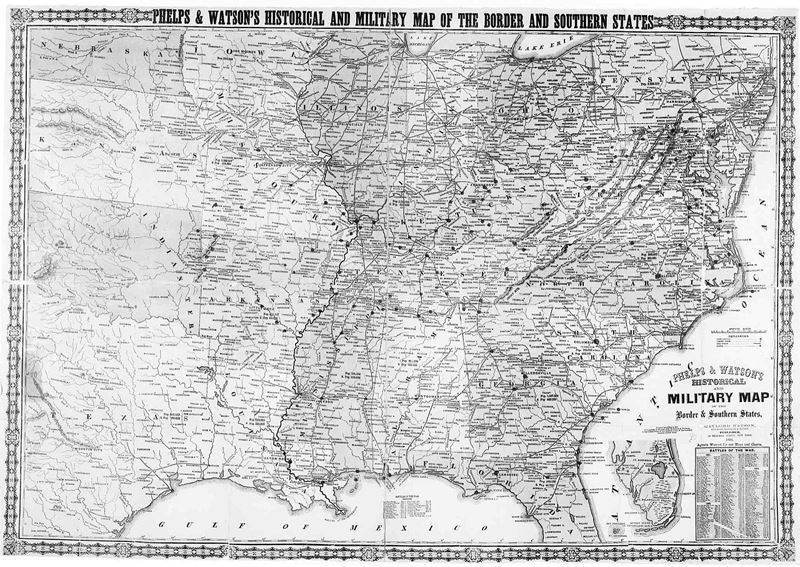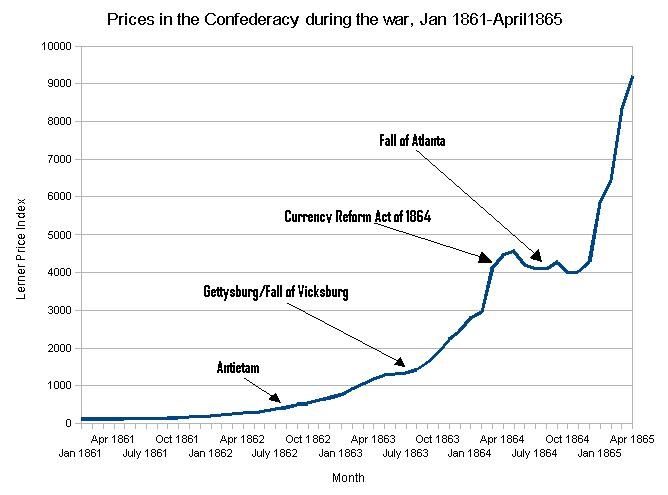The United States Declaration of Independence, formally The unanimous Declaration of the thirteen united States of America, is the pronouncement and founding document adopted by the Second Continental Congress meeting at Pennsylvania State House (later renamed Independence Hall) in Philadelphia, Pennsylvania, on July 4, 1776. Enacted during the American Revolution, the Declaration explains why the Thirteen Colonies at war with the Kingdom of Great Britain regarded themselves as thirteen independent sovereign states, no longer subject to British colonial rule. With the Declaration, these new states took a collective first step in forming the United States of America and, de facto, formalized the American Revolutionary War, which had been ongoing since April 1775.
The Declaration of Independence was signed by 56 of America’s Founding Fathers, congressional representatives from New Hampshire, Massachusetts Bay, Rhode Island and Providence Plantations, Connecticut, New York, New Jersey, Pennsylvania, Maryland, Delaware, Virginia, North Carolina, South Carolina, and Georgia. The Declaration became one of the most circulated and widely reprinted documents in early American history.
The Lee Resolution for independence was passed unanimously by the Congress on July 2. The Committee of Five had drafted the Declaration to be ready when Congress voted on independence. John Adams, a leader in pushing for independence, had persuaded the committee to select Thomas Jefferson to compose the original draft of the document, which Congress edited. The Declaration was a formal explanation of why Congress had voted to declare independence from Great Britain, more than a year after the outbreak of the American Revolutionary War.
After ratifying the text on July 4, Congress issued the Declaration of Independence in several forms. It was initially published as the printed Dunlap broadside that was widely distributed and read to the public. Jefferson’s original draft is preserved at the Library of Congress, complete with changes made by John Adams and Benjamin Franklin, as well as Jefferson’s notes of changes made by Congress. The best-known version of the Declaration is a signed copy that is displayed at the National Archives in Washington, D.C., and which is popularly regarded as the official document. This engrossed copy was ordered by Congress on July 19 and signed primarily on August 2.[2][3]
The sources and interpretation of the Declaration have been the subject of much scholarly inquiry. The Declaration justified the independence of the United States by listing 27 colonial grievances against King George III and by asserting certain natural and legal rights, including a right of revolution. Its original purpose was to announce independence, and references to the text of the Declaration were few in the following years. Abraham Lincoln made it the centerpiece of his policies and his rhetoric, as in the Gettysburg Address of 1863.[4] Since then, it has become a well-known statement on human rights, particularly its second sentence: “We hold these truths to be self-evident, that all men are created equal, that they are endowed by their Creator with certain unalienable Rights, that among these are Life, Liberty and the pursuit of Happiness.”
The declaration was made to guarantee equal rights for every person, and if it had been intended for only a certain section of people, Congress would have left it as “rights of Englishmen”.[5] Stephen Lucas called it “one of the best-known sentences in the English language”,[6] with historian Joseph Ellis writing that the document contains “the most potent and consequential words in American history”.[7] The passage came to represent a moral standard to which the United States should strive. This view was notably promoted by Lincoln, who considered the Declaration to be the foundation of his political philosophy and argued that it is a statement of principles through which the United States Constitution should be interpreted.[8]: 126
The Declaration of Independence inspired many similar documents in other countries, the first being the 1789 Declaration of United Belgian States issued during the Brabant Revolution in the Austrian Netherlands. It also served as the primary model for numerous declarations of independence in Europe and Latin America, as well as Africa (Liberia) and Oceania (New Zealand) during the first half of the 19th century.

